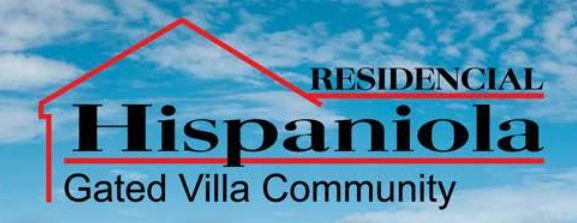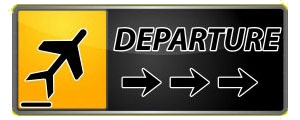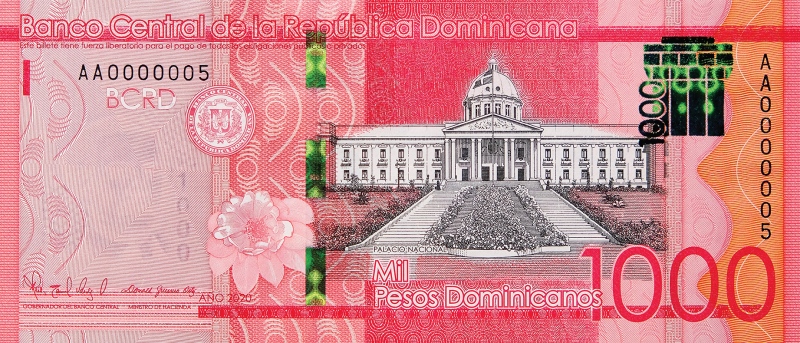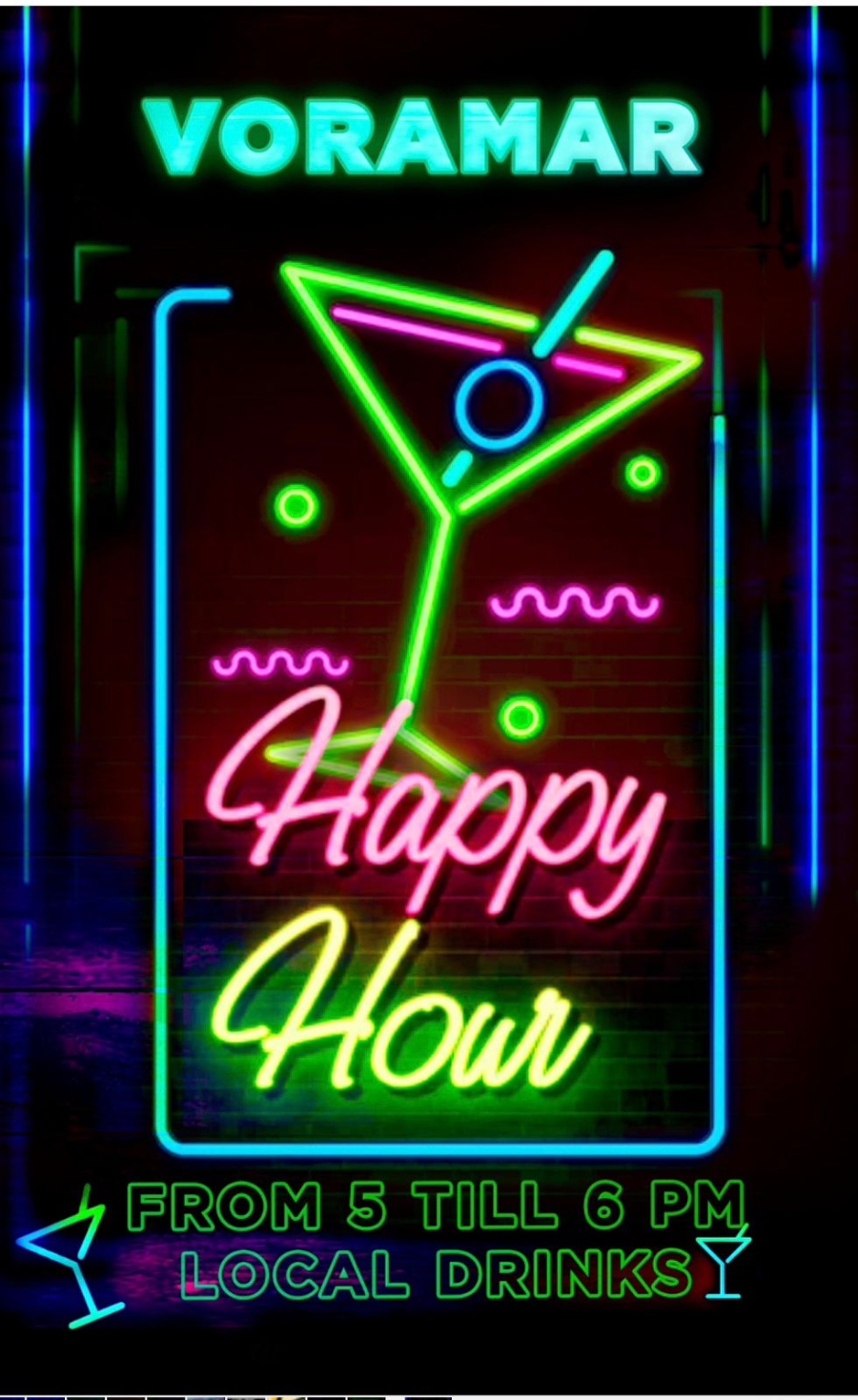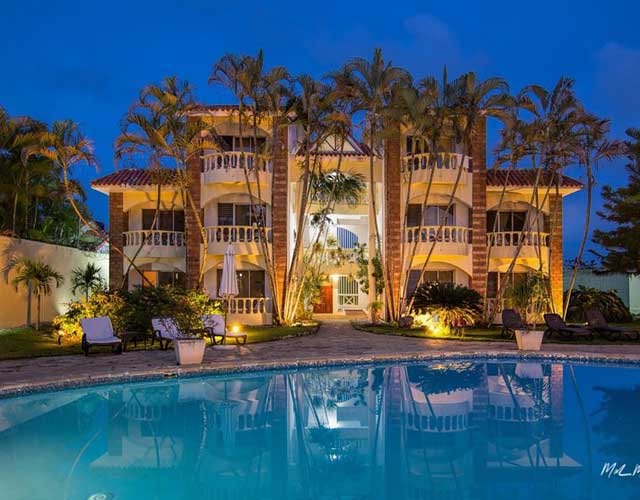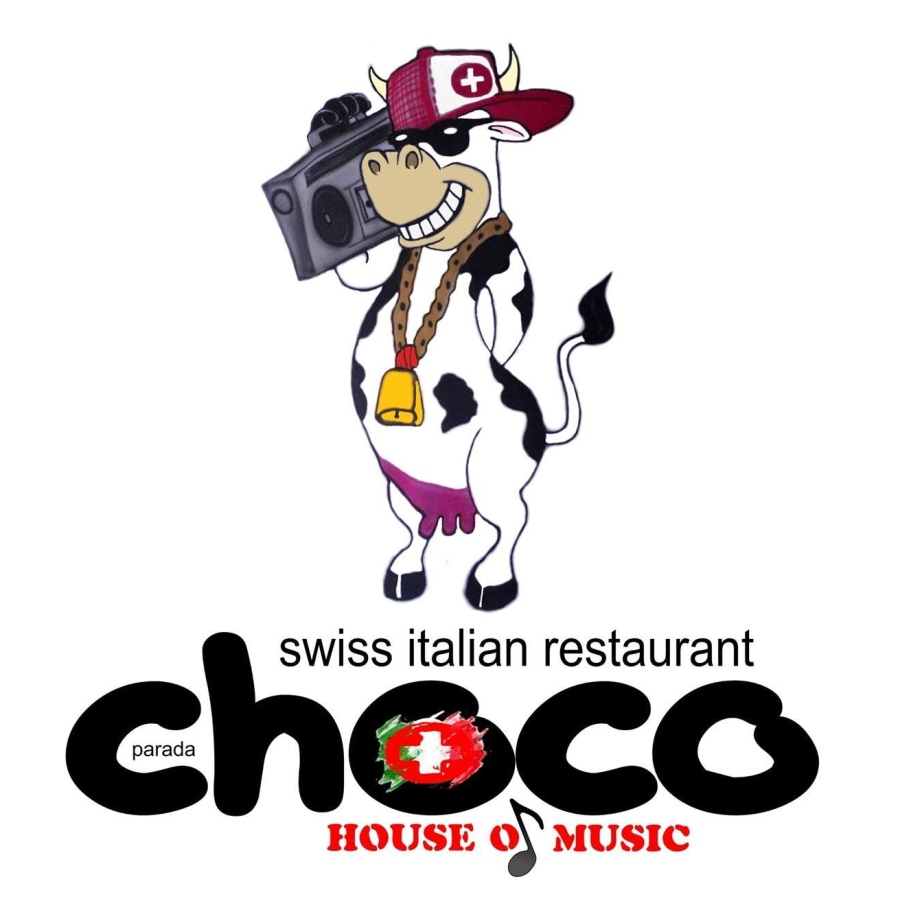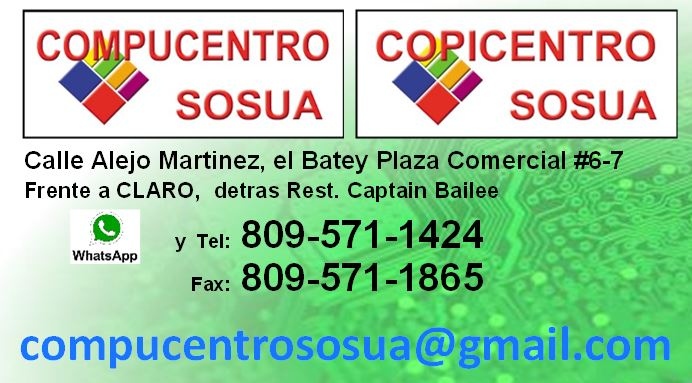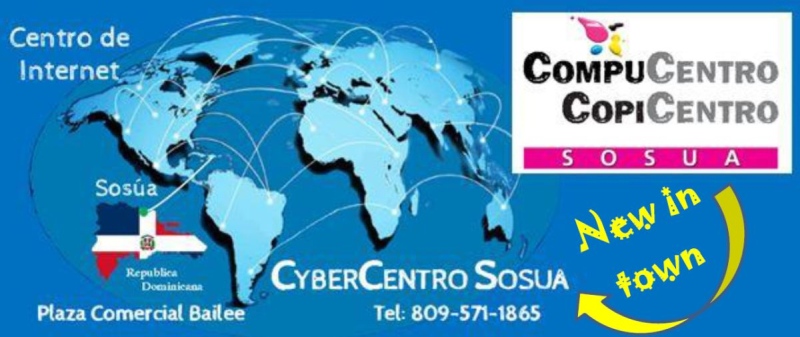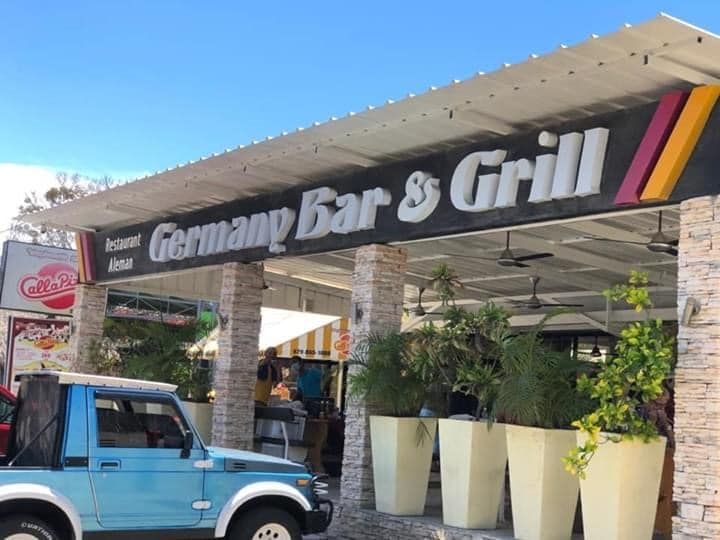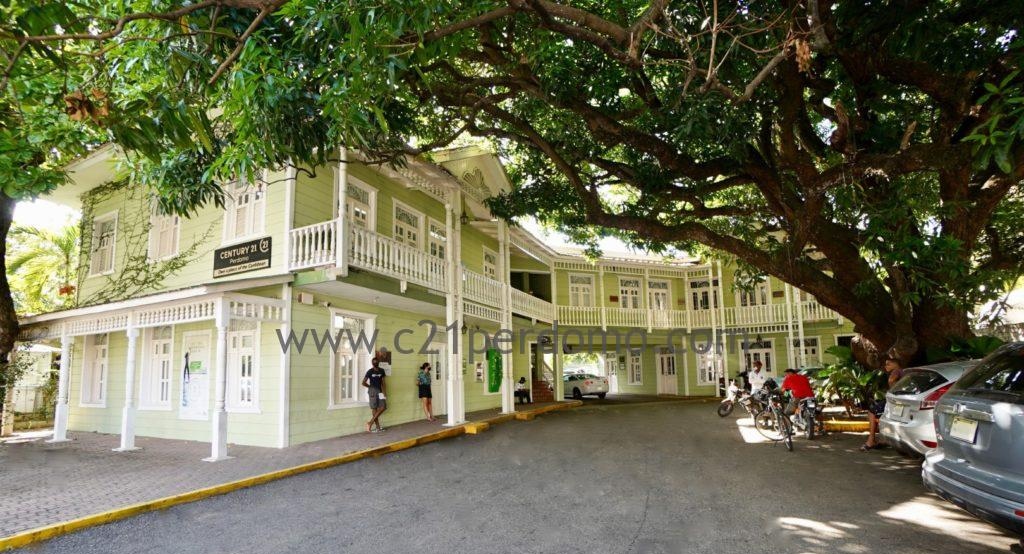809-571-2150
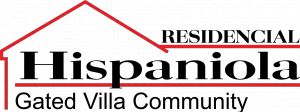
January 4, 2012
Henk and Daphne made a three day trip to the capital of Haiti just before Christmas.
Port au Prince is a large sprawling city with between three and five million inhabitants.
It has really suffered a lot under the earthquake of January 12, 2010.
Almost all high-rise buildings have collapsed and entire neighborhoods disappeared under the rubble.
Many civilians were injured and several thousand people lost their lives.
From around the world assistance was provided in the form of relief goods and large sums of money for reconstruction.
And now after two years what can we see of all this help?
Henk and Daphne took the bus at 6.30 AM (Caribbean Tours) to Santo Domingo.
It is a very comfortable bus with air conditioning.
At 11.30 AM they arrived at the capital.
At 1.00 PM the bus (also of Caribbean Tours) left directly for the capital of Haiti.

Port au Prince two years after the earthquake
A foreigner pays US $ 40 for the ticket and US $ 21 extra for a (visa?) Tax.
On their way they were regularly offered a drink and halfway the trip a meal of chicken with rice and vegetables was offered to everyone.
They were well taken care of.
On arriving at the border everyone had to report at a booth with a half open window where you had to hand over your passport.
Debris
There you received the necessary stamps and they returned your passport to you on the bus.
Then the trip moved on again, but now they drove very slowly many times because the rain flooded large areas.
The narrow road wound itself through the plains, often with water on both sides of the road.
At 9:00 PM the bus arrived in the capital.

Port au Prince two years after the earthquake
What does the capital look like now, two years after the catastrophic earthquake?
There are several construction sites where they built new offices, houses and hotels.
But there are a lot of open spaces with lots of debris.
The debris is also reused.
It is smashed into stone dust and then mixed with cement to make new blocks again.
On every open space in the city tents are set up where whole families live.
At the entrance of the tent camps there are street shops on a piece of canvas on the floor where you can buy all kinds of stuff.
Shoes, clothes, food, drinks and telephone cards.
In spots where once was a shop, now there are just the clothing racks where the shop owner (?) sells his goods.
Everyone wants to sell something, but unfortunately there are too few buyers.
Hotel
Because everybody lives on the street, the streets are almost impassable.
A taxi is almost useless, since you can not get through the crowds.
A motorcycle taxi is an option but they slalom the crowds in a way it's terrifying for the passenger.
There are also a large tent camps set up by relief organizations.
There is everything lined up and there are toilets and there is daily supply of fresh drinking water.
According to experts it may take many years before everything is rebuilt.
Much aid money is available but building programs work very slowly because there are many problems.
Firstly, it is often unclear who the owners of the plots are.
The register has disappeared with the earthquake.
But also for the rampant corruption, many projects are delayed.
It appears that there are large stocks of supplies waiting but can not get through customs because 'the required documents are missing'.

Port au Prince two years after the earthquake
Henk and Daphne stayed in a good hotel for US $ 125 per night.
The restaurants were not cheap but not bad.
A national beer bottle of Prestice beer, costs about 2 U.S. dollars.
Port au Prince is worth a visit, but do it under supervision of a trusted Haitian and know that they do not like that you take a lot of pictures.
There have been too many curious people taking pictures according to the Haitans.
More pictures:
picasaweb.google.com
I love Sosúa






